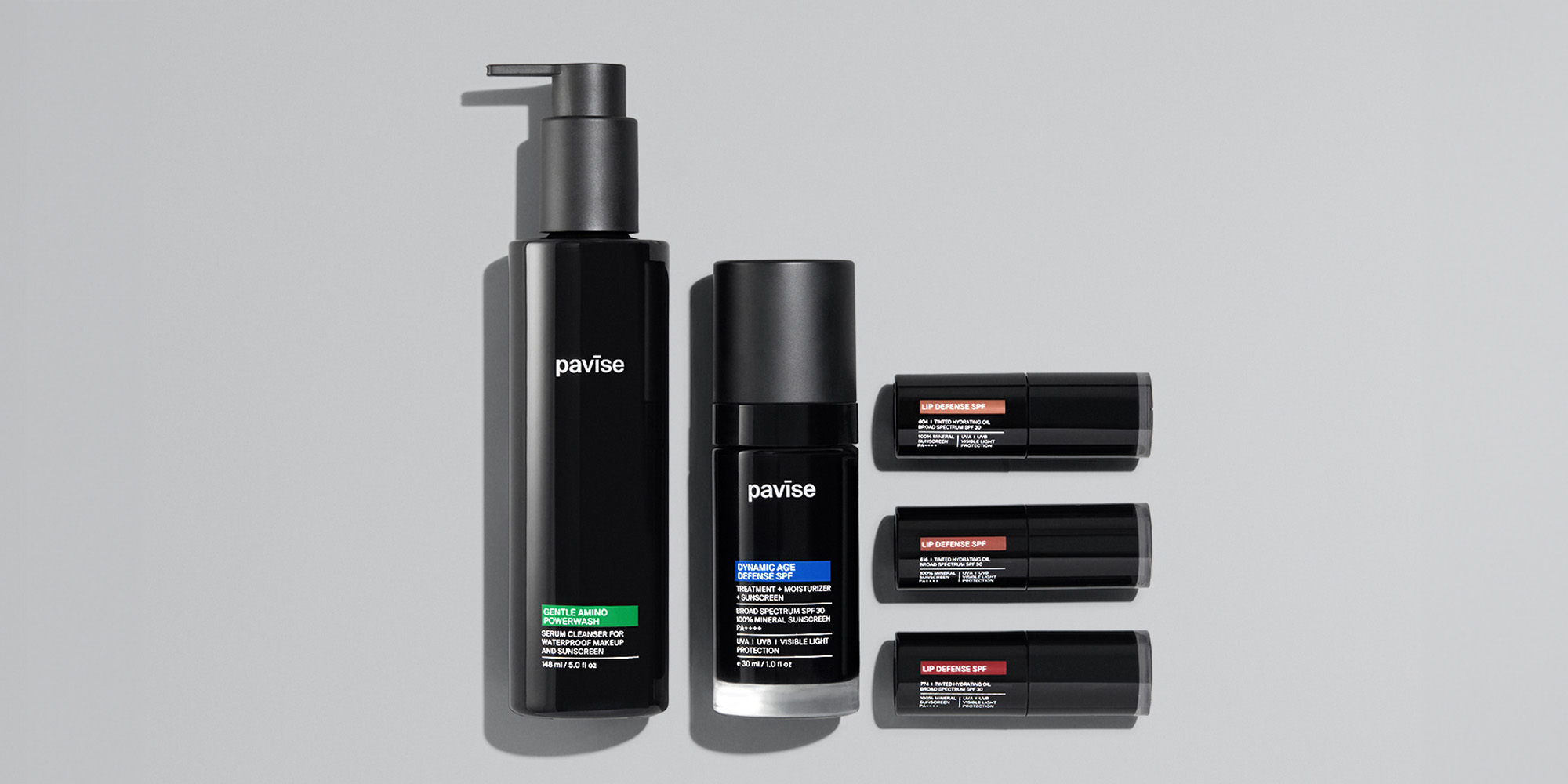
How B.A.I. Biosciences’ Sophie Bai Went From Trying To Cure Cancer To Working On SPF 1,000 For Astronauts
“The next decade of beauty has to be truly science led,” says Sophie Bai, founder and CEO of B.A.I. Biosciences.
The biotechnology company’s role in shaping beauty’s science-led future has just begun. In March, it launched Pavise, which combats skin aging with what it calls its DiamondCore Shield Technology or zinc oxide that incorporates nano-diamonds to improve the dispersion of UVA and UVB rays hitting the skin and eliminate white cast. According to industry sources credited by publication Women’s Wear Daily, the brand, which has three topical products priced from $58 for Lip Defense SPF to $148 for Dynamic Age Defense SPF, could reach $20 million in first-year sales.
B.A.I. Biosciences isn’t stopping at Pavise. It’s patented 20 molecules that it could commercialize for a variety of beauty brands; has capital support from investors, including Jay-Z, Jay Brown and Larry Marcus’ Marcy Venture Partners and former Allergan chairman and CEO Brent Saunders, to the tune of $8.2 million; and assembled a stacked team to fuel growth. Scott Stepe and Rebecca Curry, both formerly of Nutrafol, are chief sales officer and senior national sales director, respectively. Claudia Teng, co-founder of Topicals, is director of product and brand.
“Beauty is the intersection of medical, scientific and consumer. For example, sunscreen is all three,” says Bai, who prior to B.A.I. Biosciences was VP at Bain Capital and consultant at Boston Consulting Group. “I do think there’s a tremendous opportunity for scientific innovation coming in to actually cure acne, and eczema is a huge unmet need now. There should also be better ways to develop new drugs for hair loss, hair graying and alopecia, all of those are unmet needs that have no solutions. I believe science and technology can solve those issues.”
Beauty Independent talked to Bai about the emotional event that caused her to become an avid beauty product consumer, how her experiences as a consumer and scientist inform Pavise, when B.A.I. Biosciences’ second brand could come out, the reasons she chose the investors she did for the company, artificial intelligence’s power (and lack thereof), and why she’s working on SPF 1,000.
Tell us about yourself and how you wound your way to beauty.
I’m a scientist. I have my chemical engineering and biomedical engineering degree from MIT, where I worked on cancer drug development for many years. I was working on prostate cancer, lung cancer and type 1 diabetes treatments using new nano technologies, creating new delivery systems and working on different types of drugs with Dr. Bob Langer, who is a co-founder of Moderna. I had the privilege of really seeing amazing scientific advancement on the pharmaceutical side of things that has truly changed medicine today.
But skin is very personal to me. I grew up with terrible cystic acne and eczema. As I grew up, I was competing in math and science since I was 7 years old. I was a mathlete. I competed in a public speaking contest when I was 11, and the judges at the competition said in front of an audience of a thousand people that I looked ugly. I think I had really terrible acne that day and also had an eczema flareup.
That incident really changed my personality, made me more insecure and not want to hang out or be seen by people. That really took a toll on me and made me understand how emotional it can be how you look. Had I known it was a beauty contest, I would never ever have participated in the first place. I know my experience is not just limited to myself. I know a lot of people feel not good enough because of how they look. Skin can make such emotional and psychological impact on people.
By seeing all the exciting things happening in pharma and biotech, I wanted to be able to get the most innovative, advanced scientific innovations from that world and translate them into personal care.
How do you think about what you want to commercialize into brands?
When I started the company, it wasn’t about UV filters. I created a transdermal drug delivery vehicle to basically get molecules into the skin without needles. I did that type of work for many years at MIT before. However, in December 2019, the FDA took the general regarded as safe and effective rating away from all the chemical filters citing risks with systematic absorption and accumulation.
So, now we have very limited filters deemed by the FDA as safe, but those tend to leave a terrible white cast on people of color and even very fair skin, and sunscreen as a category is moving from occasional beach use to everyday use. That’s when we started the project trying to see if we can make mineral filters better. Fast forward, we were able to synthesize our own new DiamondCore zinc oxide, a new structure of zinc oxide that is transparent and has five times better efficacy compared to traditional mineral filters.

You’re a scientist, not a marketer. What’s it been like for you to launch Pavise?
The category is very crowded. Marketing is very important. In the very beginning, when I tried to create brand, I had the best UV filter, but how do we make it into a product? Well, there are a couple steps. First of all, we need to be able to manufacture this at large scale because in the beginning when I created this UV filter, I could make one gram per week. My colleagues were like, “Sophie, it is not commercially viable. There’s nothing we can do with one gram a week.”
We spent a lot of time scaling up manufacturing and then creating a formula that people love. Then, we wanted to create a brand around it. I’m a very heavy beauty consumer because of what happened to me when I was 11. I actually didn’t eat lunch for a week after that competition to save my lunch money to buy my very first Maybelline foundation. So, I myself as a consumer what I want to see is what’s been guiding us in terms of creating a brand.
Because I’m a scientist, I want science to be front and center. I want science to be celebrated. I think what’s missing on the market is that science has been this white bottle, very clinical white lab coat-looking thing. That is not my experience of science. When I was trying to cure cancer, we were in the lab trying to see things that kill cancer or promote tumor growth. We would use fluorescent dyes to biomark molecules under the microscope. You see movement, and it’s very vibrant, often neon pink, blue and green. That’s the science I see, but that’s missing from the market.
So, that’s why I wanted to make into the packaging the way it is. We put our molecule on the packaging exactly how it looks under the microscope to make people feel, oh wow, science is beautiful, exciting and vibrant. That’s our approach to creating a brand.
What are the sun care market’s challenges and opportunities?
There are tremendous opportunities in the sun care market. The reason being that, scientifically, if you don’t use a very effective UVA- and UVB-protecting sunscreen every day, nothing you do is going to work as well. People are starting to realize that now given that the market is moving toward being more efficacy- and science-driven. And the overall market is going to continue to grow.
One in five Americans get skin cancer, but only 11% of Americans wear sunscreen daily. That’s about 90% of the people here not wearing sunscreen daily, and there are very obvious reasons. There’s the perception of sunscreen as a beach product. They think they don’t need it if they’re not at the beach or people are like, “If I have darker skin, I don’t need sunscreen.” That’s not true. Darker skin is more prone to UVA damage that in turn causes hyperpigmentation. Third, there’s so much myth around sunscreen. You see sunscreen scandals popping up, and there’s a distrust from consumers wanting to use it every day.
Ultimately, Pavise is not a sunscreen brand, it’s a photoaging brand. We want to create comprehensive solutions for photoaging because photoaging is responsible for up to 90% of skin aging and that includes skin cancer. Pavise is an everyday photoaging protecting and repair brand.
How do you see the brand evolving?
We started with the current SKUs are all centered around photoaging protection. In our formulas we have the repair mechanism as well that scavenges or gets rid of reactive oxygen species that are damaging our skin and typically generated by UVA or UV filters. So, truly it’s around daytime protection and repair at the same time.
As the brand evolves, because we are in the aging category, we want to make sure there’s not just a morning product. We want to think down the line of repair as well in other mechanisms of action rather than a topical for photo protection.
For your company as a whole, what other areas do you want to get into?
Eczema is very dear to me. I struggled so much growing up having eczema, and eczema is impacting 25% of American children and around 15% of American adults. So, that’s an area where we continue to develop. We are a biotech and R&D organization at heart, that includes eczema and atopic dermatitis, but also, back to Pavise, sun care.
There’s so much we can do with the current filters available. We are actually working on four new classes of macro UV filters. I’m talking about very large molecules that don’t penetrate into skin. So, we erase that concern about skin penetration and systematic absorption. In our lab studies, we are able to create SPF 1,000 and very high UVA protection as well. We are very excited about bringing them to market down the road.
How much better is SPF 1,000 than SPF 30?
If you are just a daily user not under severe conditions, you don’t need that. It’s truly for people who are very prone to UVB damage, people who are outside all of the time, athletes, military or even astronauts.
Astronauts are a small market.
Today, but space tourism hopefully will boom in the years to come. I’ll say for astronauts, meaning people who are actually advancing scientific research, those people need protection, too. So, probably that’s not on the commercial side, but, from a pure need perspective, that’s needed in the outer space where UV radiation is so high.
But back to your question, SPF 30 is more than enough every day. We have been so focused as a market on the SPF number, which is only 5% of the UV rays—UVB is only 5%—and 95% is UVA and that doesn’t translate to the SPF number. We should really start to talk about broad-spectrum UVA protection and how strong that needs to be for daily protection perspective because UVA also causes skin cancer.
Again, with SPF 1,000, we think we could really be helping people under severe conditions of high exposure who are very prone to damage.

When should we expect your company’s next brand?
We stand behind purposeful innovation. Our company DNA is, if we don’t have anything truly meaningful to offer the market, we are not going to do it. We only will launch a product when we believe there’s nothing else out there otherwise. Late 2024 or early 2025, there’s going to be another exciting brand we’re currently planning.
What’s real and not real when it comes to the power of artificial intelligence?
AI has been around for a long time. AI as a tool is helpful. We use a lot of AI to do the molecular discovery work, meaning that AI helps us to create compound libraries or to accelerate screening, meaning how to nail down compounds from a million molecules. AI tends not to forget about things that humans tend to forget. There might be seven to 10 variations of one molecule, but humans may think about five to seven. AI will not forget and will calculate all the different variations so you don’t miss opportunities in terms of drug or compound discovery.
It can really quicken the development timeline. For example, when I was in pharma, even preclinical research could take up to 10 years. That’s very manually intensive work and requires a lot of brain power to do. AI works 24/7 and doesn’t sleep. Given enough computing power, we’re able to accelerate the repetition of work for it to be faster. So, that’s where we have seen AI help us with new molecule discovery, especially tremendous savings on time. What we don’t think AI is working as well on is consumer-facing, recommending a product to you. We don’t see that as driving real benefits.
What was fundraising like for you?
I’m definitely not a typical beauty founder. I’m not a celebrity. I don’t have a large following, and that’s where people are confused, why do you want to do a brand? But I think there are also people that see I’m not trying to build a brand, I’m trying to create technologies that actually lead to better health outcomes for people. That resonated with a lot of investors. I was in a very lucky position that I had multiple term sheets and was able to choose my partner.
What criteria did you use to choose your investment partners?
There are a couple things. The first is they believe in my vision. I’m not trying to create a brand and, in a couple years, sell it. That is not my goal. My goal is for my company to live past my lifetime. It’s not a typical beauty transaction.
Second is understanding what I mean by diversity. When I created DiamondCore it was because white cast is a problem that bothers everyone, but specifically people of color. I want investors who really uphold their values on diversity. I am female, I am Asian, I’m young, I’m a solo founder. There are many odds against me. That’s where Jay-Z’s Marcy Venture Partners really shines through in terms of their commitment to diversity and putting the capital in to support bringing inclusion forward.
The third is truly helping me to grow this business. As I grow this business, I have learned a lot and definitely I want people who help me build this company. Back in the day, it was just me and my lab. In a month, we will be 20-plus employees. Another investor of mine is Brent Saunders, former chairman and CEO of Allergan. He truly understands the dermatology and medical aesthetics world, and that has been tremendously helpful for me as I navigate business strategies and think about product creation.
Where will Pavise and your future brands sell?
So, right now, it’s direct-to-consumer, and we are full speed on physician dispensing. We see Pavise as a brand that needs a lot of education, and we believe the right touchpoint to start in is with physicians. That’s the strategy for distribution this year. As we grow, we definitely we want this to be a household name. For future brands, I guess it really depends on the condition—Is it for acne or hair?—and where people go to shop those products.
Would you license or sell your technologies to other companies?
That is definitely a possibility. I’ve never had an obsession with creating brands. My goal is to be able to make everything we’ve invented in the lab be available for as many people as possible. So, that’s definitely a possibility in terms of selling raw ingredients or technologies and collaborating with different companies to make them available.

What have you learned from Langer, who’s B.A.I. Bioscience’s scientific advisory board chair as well as the co-founder of Moderna and Living Proof?
He taught me a lot how to create scientific technologies that are actually going to benefit people. That’s something I’ve learned from him since I was 18 years old. That was invaluable. Before that, I tended to spend a lot of time focusing on theoretical advancements that oftentimes lead to no commercial applications. I learned that from him that there are so many unmet needs out there. We should use our engineering brain to create things that are going to solve pain points of different populations.
Where do you see your company in five years?
That’s going to be 2028. I would want there to be multiple brands, and each brand houses very specific scientific innovations and technology targeting a condition that bothers a lot of people. I think you will see us globally. When people think about B.A.I. Biosciences, they will think, “Oh, this is the company that does all the cutting-edge research on dermatology and skin health, and they have so many different solutions and options for many different people.”
What will it take to get there?
Commercializing science is very expensive, and it takes a lot of time. Our speed to market compared to a lot of the traditional beauty brands is slow. I’ve been doing this for four years, and I sleep probably three to four hours a day. I’ve been trying to be as fast as possible, but still science takes a lot of time.
And consumer education takes a lot of time, especially when we’re doing something new. People don’t understand what photoaging is. They say, “Is it something about an iPhone?” So, there’s a lot of education needs to be done.
You need the science, capital and people. The trinity needs to be all there and work really well together to have something extremely successful. So, I’m definitely very mindful of attracting talent and having the best people around the company and believing in the vision to do something different and innovative that’s much needed in the category.
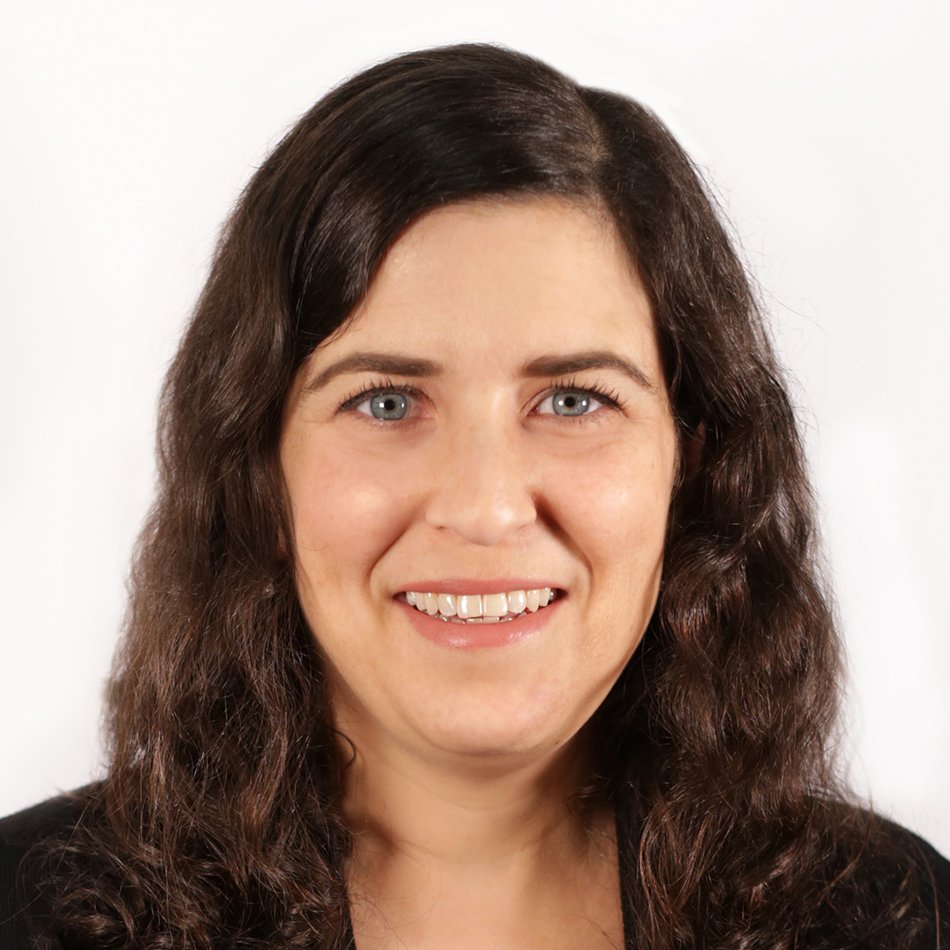

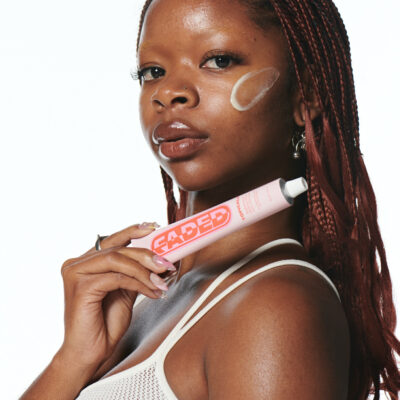
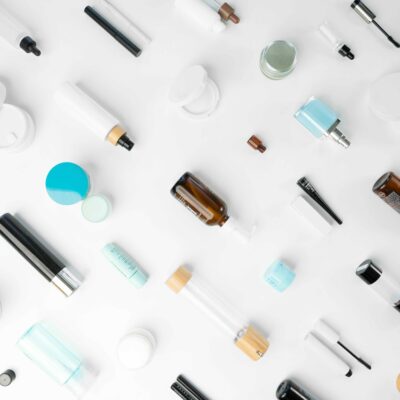
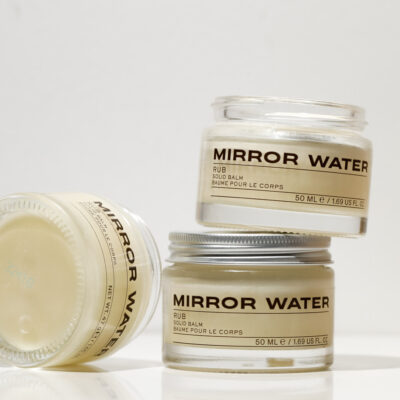
Leave a Reply
You must be logged in to post a comment.